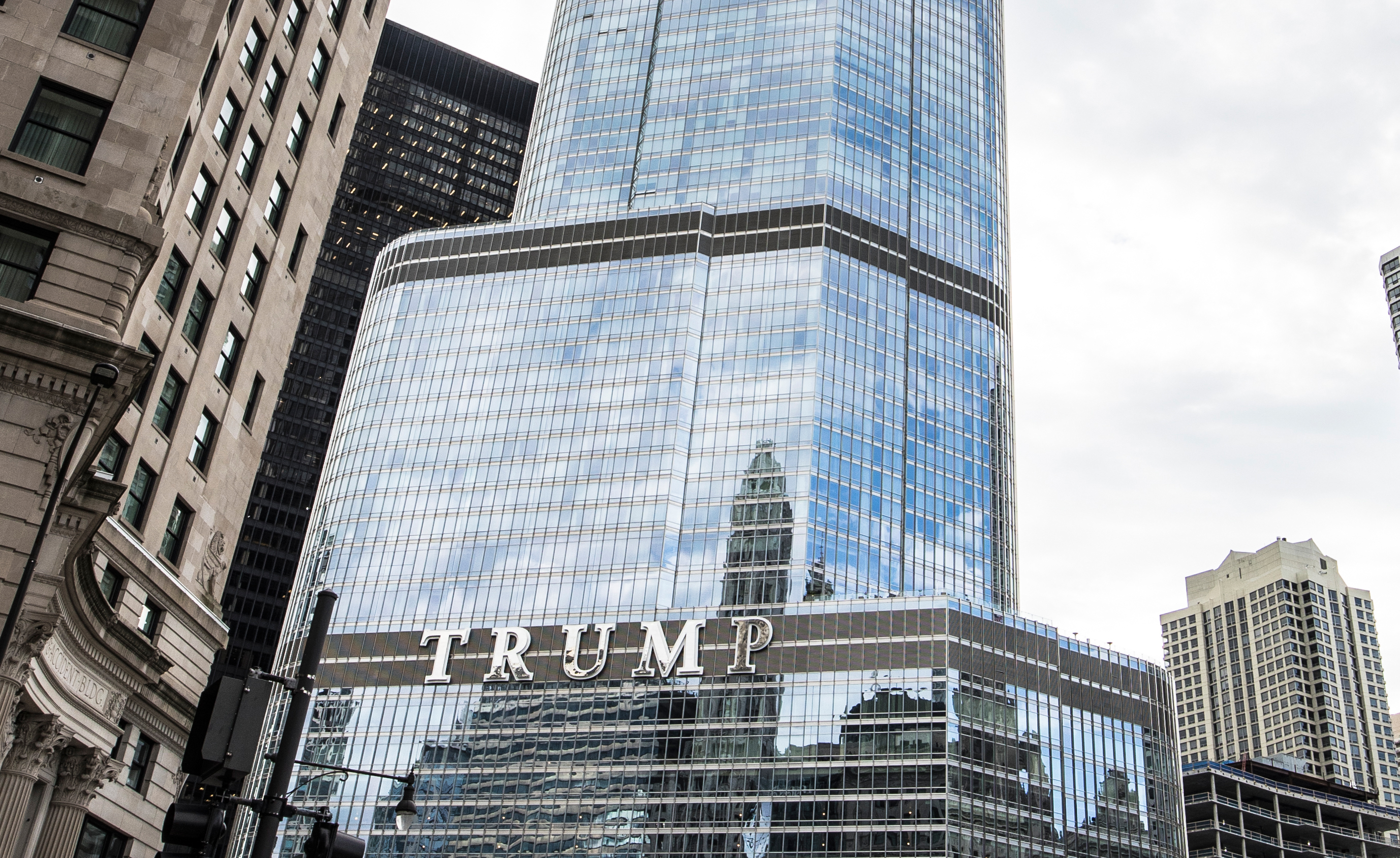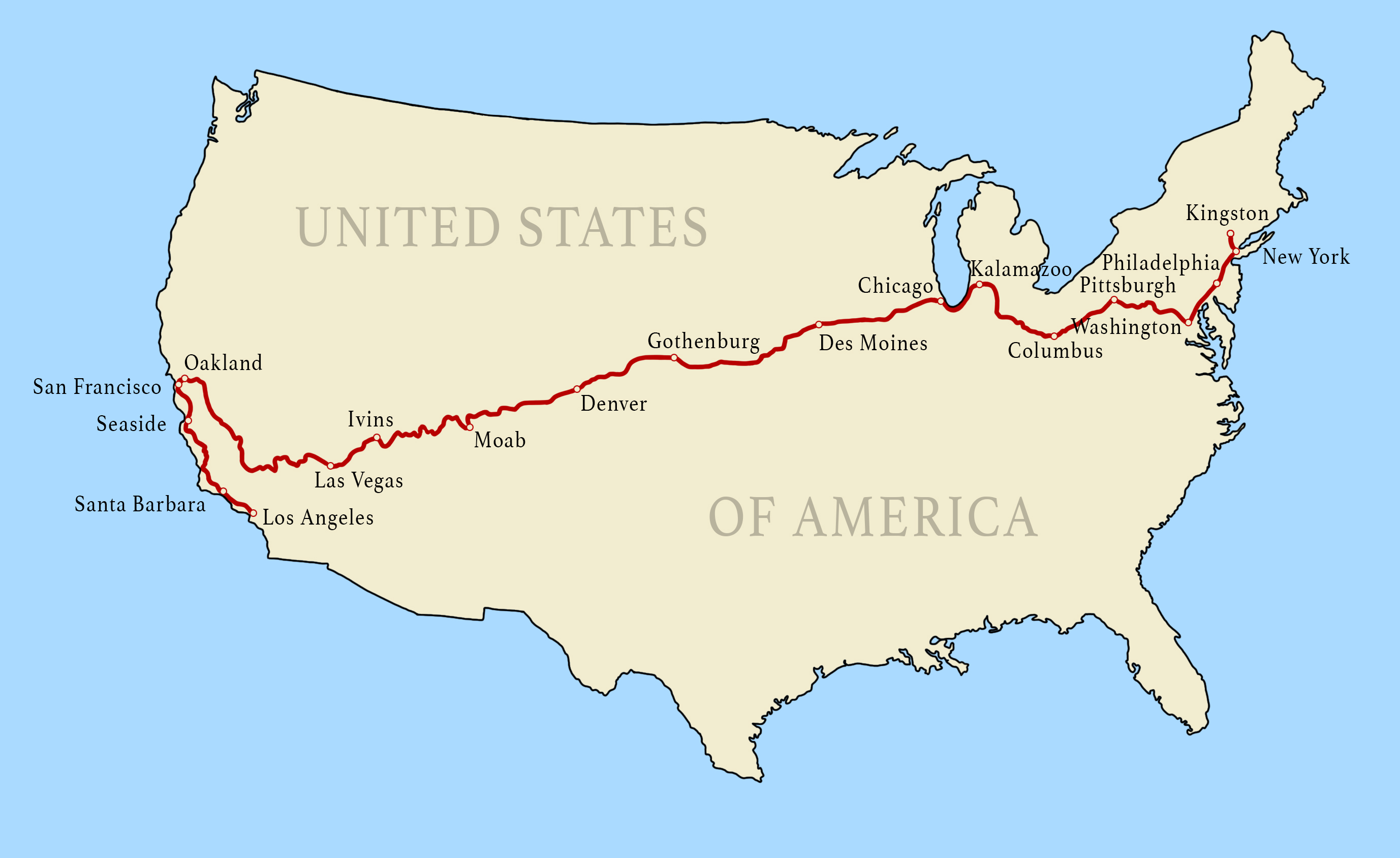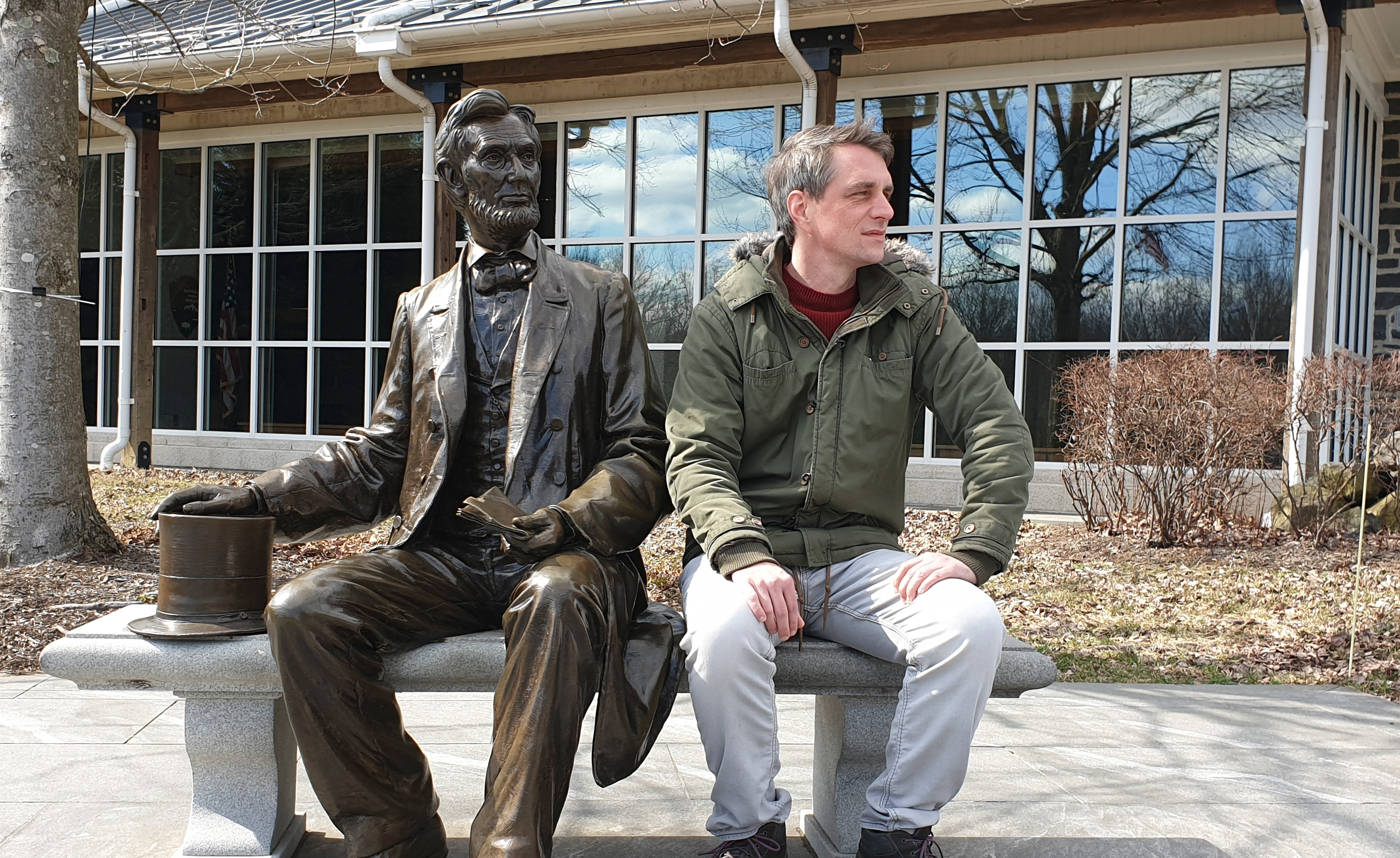The Project

1. The Motivating Questions
The election of Donald Trump to the presidency of the United States in 2016 came to many people around the world as a big surprise. How was it possible that Mr. Trump, who had no political experience, who was perceived by many as undiplomatic, and who oftentimes expressed contempt for the political establishment, was able to win against Hillary Clinton, one of the most seasoned politicians in the United States? In short, “Why Trump?” The election of Donald Trump was, of course, only one of the most significant manifestations of a larger political shift that has been developing in recent years. Across the West, populist parties, candidates, and movements, mostly on the right, have been on the rise. Be it in France, Germany, the Netherlands, or the United States, populists have challenged established political parties and the political system itself. Clearly, this development signals a deep sense of frustration and discontent of a large number of voters. However, why are so many people so frustrated? And what are they frustrated about? Furthermore, what are the reasons for the increasing polarization and radicalization of political discourse? Are there ways to stop this trend and reinvigorate solidarity across Western societies? These are some of the main questions that this project tries to answer.

2. Why it Matters
Finding answers to these questions is of crucial importance for the future of democracy. The current discontent of many voters and the polarization of politics threatens to tear apart the social fabric of our communities and polities. Many of the protest movements and populists currently on the rise oppose a liberal democratic way of conducting politics. And both sides, the political right and the left, are increasingly adopting a discourse of exclusion, enmity, and hatred. If we let these trends continue, we are facing the prospect of an increasingly hostile political environment, characterized by demagogy, radicalism, and even violence. Those are the conditions in which democracy comes to die. And, as we like to remind ourselves in Germany, we can never let this happen again.

3. Our Approach
Lots of people have tried to provide answers to these difficult questions. Media pundits, academics, social media influencers, and think tanks, they all have offered potential answers. Yet, many experts did not bother to actually talk to the people whose opinions they wrote about. Large-scale opinion surveys are an obvious solution to this problem. While surveys are great in many regards, the problem with them is that they are not very good at uncovering the deeper reasons for why people hold certain beliefs, or how these reasons are connected. In addition, the issue with surveys is that, by asking a pre-determined set of questions, they essentially pre-determine the answers. Most importantly for our purposes, surveys provided the basis for the many, many predictions that Donald Trump would lose the election. And they were dead wrong.
We took a different approach and conducted, what is called “semi-structured qualitative interviews.” Basically, it means that we talked to individuals and started with a couple of initial questions, in order to then follow the discussion wherever it would lead us and follow up with more questions. The beauty of this approach is that people can talk about their opinions and beliefs at some length and that you actually end up with answers you might not have expected, or even with new questions that had not occurred to you beforehand. It also has the significant benefit vis-à-vis surveys that interviews provide a better picture of the actual human beings that one is talking to. While politics to many is just a numbers game, it is first and foremost about real human beings. Reminding everyone of that fact is one of our goals in this project and the approach we took seemed the best way to accomplish that goal. This also explains the extensive use of photographs, which we consider an essential part of the project. A picture really is worth more than a thousand words. By portraying our interview partners and their surroundings through photos, we hope to create a sense of their habitus, which helps to better understand their opinions, beliefs, and reasons. Just as importantly, it helps us to show that, no matter what political preferences certain individuals might hold, they still are, in the first instance, human beings with their own human fears, dreams, and hopes.

4. The Journey
In the summer of 2018, we travelled for two months across the United States, from the East to the West Coast. During this time, we conducted 45 interviews with Americans of all walks of life. We interviewed people working in banking, event planners, academics, Uber drivers, philosophers, nurses, business owners, musicians, saleswomen and salesmen, artists, construction workers, Airbnb hosts, and many more. We met these people through personal connections, by contacting them via email or social media, meeting them on the trip, and through references from people we had already interviewed. Sonja took 50,000 photos during the interviews and the trip to document our journey and recorded more than 400 videos. In the fall of 2018 and spring 2019, we went back to New York, Philadelphia, and Washington D.C. to conduct a couple more interviews and we are bound to complete our 50th and final interview soon.

5. The Final Products
The centerpiece of this project will be a book manuscript, which we plan to publish in the United States and/or Europe in the summer of 2020, before the next general election in the United States. We believe that a book is the best possible medium to transport our findings and to portray the people and the wonderful landscapes of the United States. Aside from the actual book, we are also posting some of our material online and we will draw on the video footage to put together short films, which will be uploaded on our YouTube channel. Finally, we will also present our findings, photos, and insights at several public presentations in Germany and the United States.